What do baby toads eat after they transform from tadpoles into tiny toadlets? These fascinating amphibians undergo a remarkable metamorphosis that dramatically changes not just their appearance, but their entire dietary needs. If you love to read about what different animals and insects eat, take a look at the following:
What Do They has prepared this blog so you’ll learn the answer to what do Baby Toads eat, how their diet differs from tadpoles, and how to feed them properly if you find them in your garden or are raising them.
Before discussing their diet, it’s important to understand the dramatic transformation these creatures undergo:
- Tadpoles are primarily herbivorous, eating algae and plants
- During metamorphosis, their digestive system completely restructures
- Baby toads (toadlets) emerge as carnivores
- This transformation happens over 2-3 months depending on the species
What Do Baby Toads Eat Immediately After Metamorphosis?
The first few days after transformation are critical. What do baby toads eat during this vulnerable time?
- Tiny insects like fruit flies, gnats, and springtails
- Extremely small worms
- Minuscule arthropods
- Aphids and other soft-bodied insects
- Almost microscopic invertebrates
At this stage, baby toads are extremely small—often no larger than your fingernail—and require proportionally tiny prey.
Natural Diet as They Grow
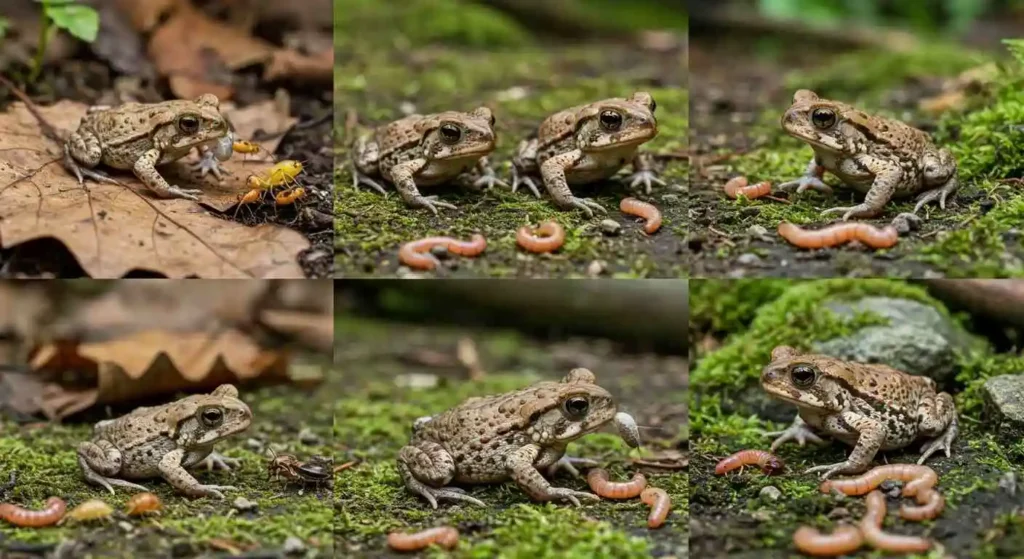
As baby toads develop, what do baby toads eat changes slightly:
First Month
- Fruit flies
- Springtails
- Aphids
- Tiny spiders
- Very small ants
- Newly hatched insects
1-3 Months
- Small insects
- Juvenile worms
- Larger ants
- Small beetles
- Immature crickets
- Small slugs
Beyond 3 Months
- Cricket nymphs
- Small earthworms
- Larger insects
- Mealworms (small)
- Various arthropods
Hunting Behavior
What do baby toads eat in the wild? They locate their food through several interesting behaviors:
- Movement detection (extremely sensitive to movement)
- Using their excellent night vision
- Sensing vibrations through the ground
- Some limited smell detection
- Ambush hunting (sitting still and waiting for prey)
Baby toads are “sit-and-wait” predators, often remaining motionless until prey comes within striking distance.
Feeding Baby Toads in Captivity
If you’re caring for baby toads temporarily, what do baby toads eat in captivity?
Appropriate Foods
- Flightless fruit flies (Drosophila) – the staple food for very young toads
- Pinhead crickets (newly hatched)
- Small springtails
- Aphids collected from garden plants (pesticide-free)
- Tiny pieces of earthworms (for slightly older toadlets)
- Commercial micro-invertebrates sold for dart frogs
Food Preparation
- All prey should be alive (toads rarely recognize dead food)
- Prey should be gut-loaded (fed nutritious food before being fed to toads)
- Dusting with calcium and vitamin supplements is essential
- Food size should be no larger than the width between the toad’s eyes
Feeding Schedule
What do baby toads eat on a daily basis? Here’s a general schedule:
| Age | Frequency | Amount |
|---|---|---|
| 0-1 month | Daily | 5-10 tiny prey items |
| 1-3 months | Daily | 10-15 prey items |
| 3-6 months | Every other day | 5-10 slightly larger prey |
| 6+ months | 3-4 times weekly | Increasing amounts |
Common Dietary Problems
When considering what do baby toads eat, several issues can arise:
Food Too Large
- Can cause impaction
- May stress the toad
- Could be impossible for them to capture
Nutritional Deficiencies
- Calcium deficiency leading to metabolic bone disease
- Vitamin A deficiency causing eye and skin problems
- General malnutrition from limited diet variety
Over or Underfeeding
- Underfeeding: slow growth, lethargy
- Overfeeding: obesity, organ stress, shortened lifespan
Wild vs. Captive Diets
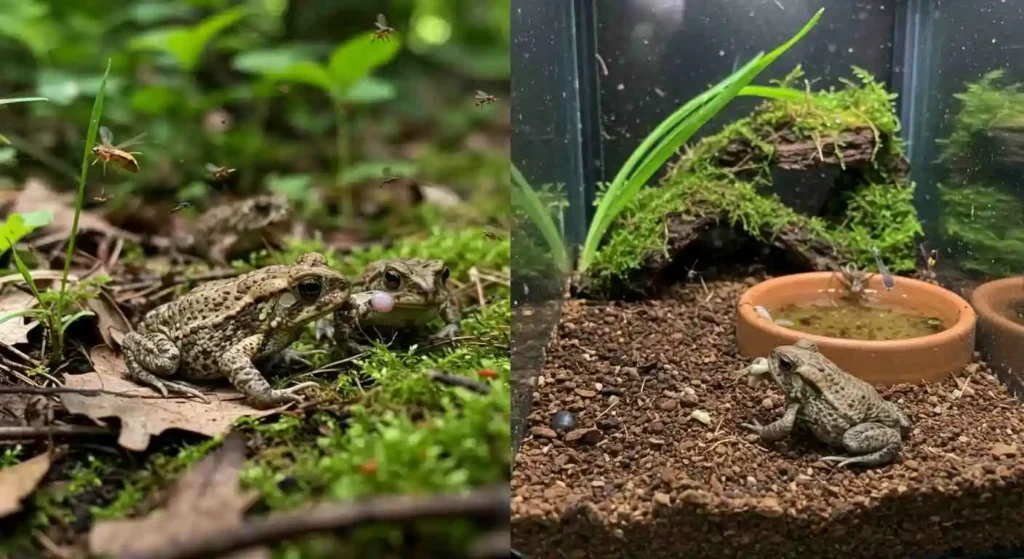
What do baby toads eat when comparing wild toads to captive ones?
Wild Baby Toads
- Much greater food diversity
- Natural gut-loading of prey
- Variable feeding schedule based on availability
- Must hunt and capture all food
- Exposed to natural nutrient sources
Captive Baby Toads
- Limited prey diversity
- Need for supplementation
- Regular feeding schedule
- Easier prey capture in confined space
- Often healthier overall due to consistent food
Species-Specific Considerations
What baby toads eat can vary somewhat by species:
American Toad (Anaxyrus americanus)
- Readily takes a wide variety of small insects
- Adapts well to captive diets
- Very food-motivated
European Common Toad (Bufo bufo)
- Prefers slightly larger prey even when young
- Strong preference for moving prey
- May ignore smaller items
Cane Toad Babies (Rhinella marina)
- Extremely voracious eaters
- Will attempt larger prey
- Grow rapidly with sufficient food
Hydration and Feeding
Hydration directly impacts what do baby toads eat and how they process nutrition:
- Always provide clean, shallow water
- Some toads absorb nutrients through their skin
- Proper hydration aids digestion
- Misting enclosures helps stimulate feeding
Supporting Baby Toads in Your Garden
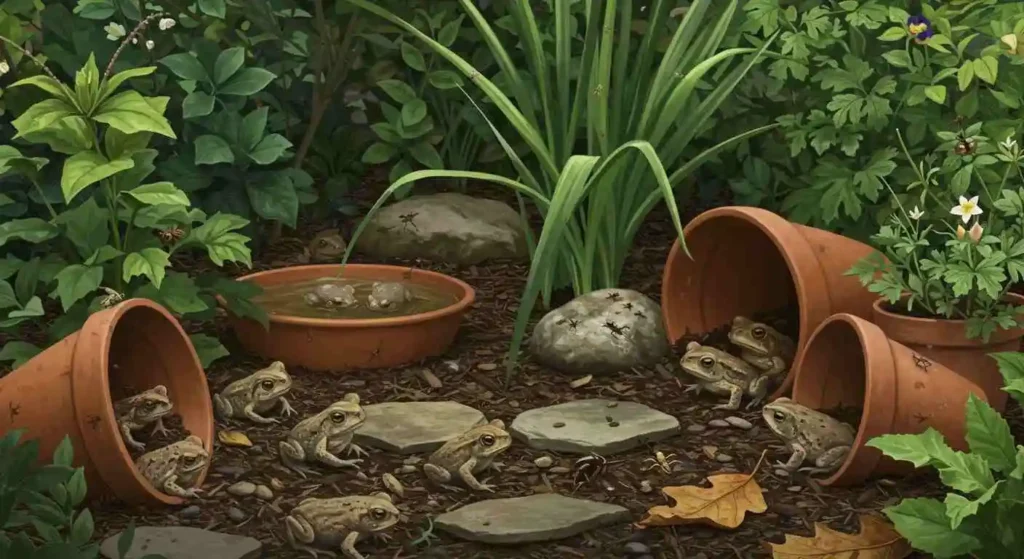
If you find baby toads in your garden, you can support their natural diet by:
- Avoiding pesticides and chemicals
- Maintaining diverse plantings to attract small insects
- Providing shallow water sources
- Creating toad shelters near insect-rich areas
- Leaving some areas unmulched and natural
Seasonal Diet Changes
What do baby toads eat as seasons change? Their diet naturally varies:
Spring
- Abundant newly hatched insects
- Higher protein intake
- Frequent feeding opportunities
Summer
- Peak feeding season
- Greatest diversity of prey
- Most rapid growth
Fall
- Preparing for reduced winter activity
- Focusing on higher fat prey when possible
- Taking advantage of final insect abundance
Winter
- Reduced activity or brumation
- Minimal or no feeding
- Conservation of energy
So the Answer to What do Baby Toads Eat is…
As we’ve discovered what do baby toads eat, these tiny amphibians require a specialized diet of appropriately sized live insects and other small invertebrates. Their nutritional needs change dramatically as they transform from herbivorous tadpoles to carnivorous toadlets, requiring careful attention to diet if you’re raising them or supporting them in your garden.
Understanding the dietary requirements of baby toads not only helps us care for these beneficial creatures but also gives us insight into the remarkable adaptations that allow them to thrive in their ecosystems. Whether you’re raising baby toads temporarily or simply appreciating them in your garden, providing the right conditions for them to find their natural prey will help ensure these fascinating amphibians develop properly into adult toads that contribute to controlling insect populations.


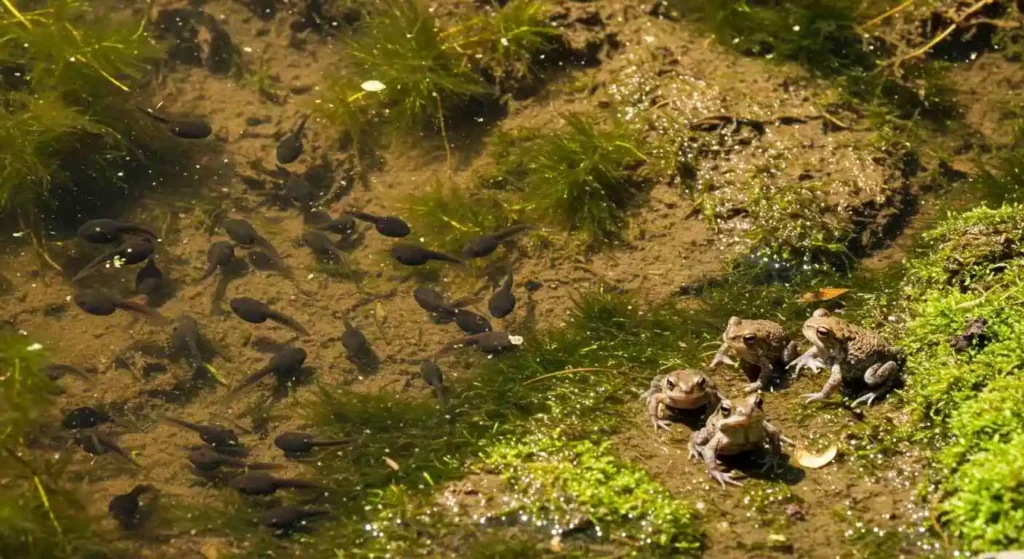





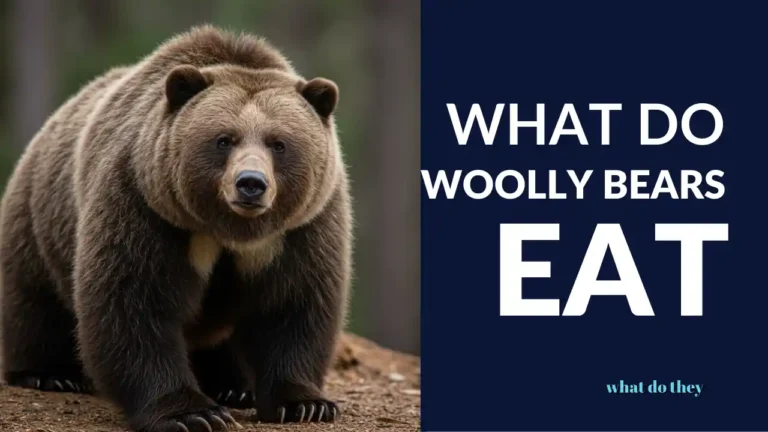
Leave a Comment